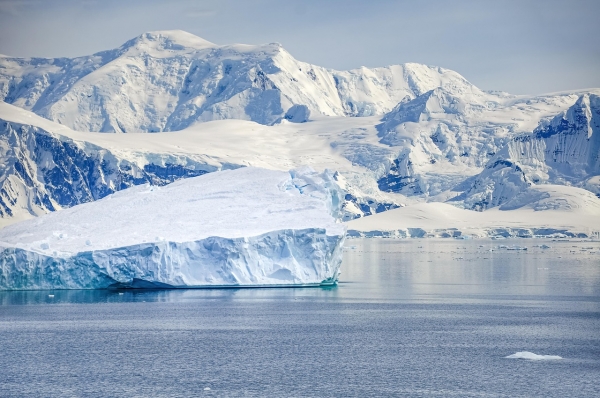Glaciers are fighting back against climate change by cooling the air that touches their surfaces.
Glaciers are fighting back against climate change by cooling the air that touches their surfaces. But for how long? The Pellicciotti group at the Institute of Science and Technology Austria (ISTA) has compiled and re-analyzed an unprecedented dataset of on-glacier observations worldwide. Their findings, published in Nature Climate Change, demonstrate that glaciers will likely reach the peak of their self-cooling power by the next decade before their near-surface temperatures spike up and melting accelerates.
Thomas Shaw keeps a vivid memory of this special summer day in August 2022. The postdoctoral researcher in Francesca Pellicciotti’s group at the Institute of Science and Technology Austria (ISTA) was in the Swiss Alps, with a blue sky and a pleasant temperature of 17 degrees Celsius. Except that he was on top of the Glacier de Corbassière, at an altitude of 2,600 meters, collecting data about the glacier’s health.
Are glaciers taking it too cool? While ambient temperatures have been increasing steadily worldwide, the near-surface temperatures of glaciers seem to be lagging behind. The massive Himalayan glaciers are even blowing cold winds down their slopes in an attempt to cool themselves and preserve their ecosystems. Yet, this strange effect is far from being an indicator of the glaciers’ long-term stability.
Read More: Institute of Science and Technology Austria
Photo Credit: AlKalenski via Pixabay




